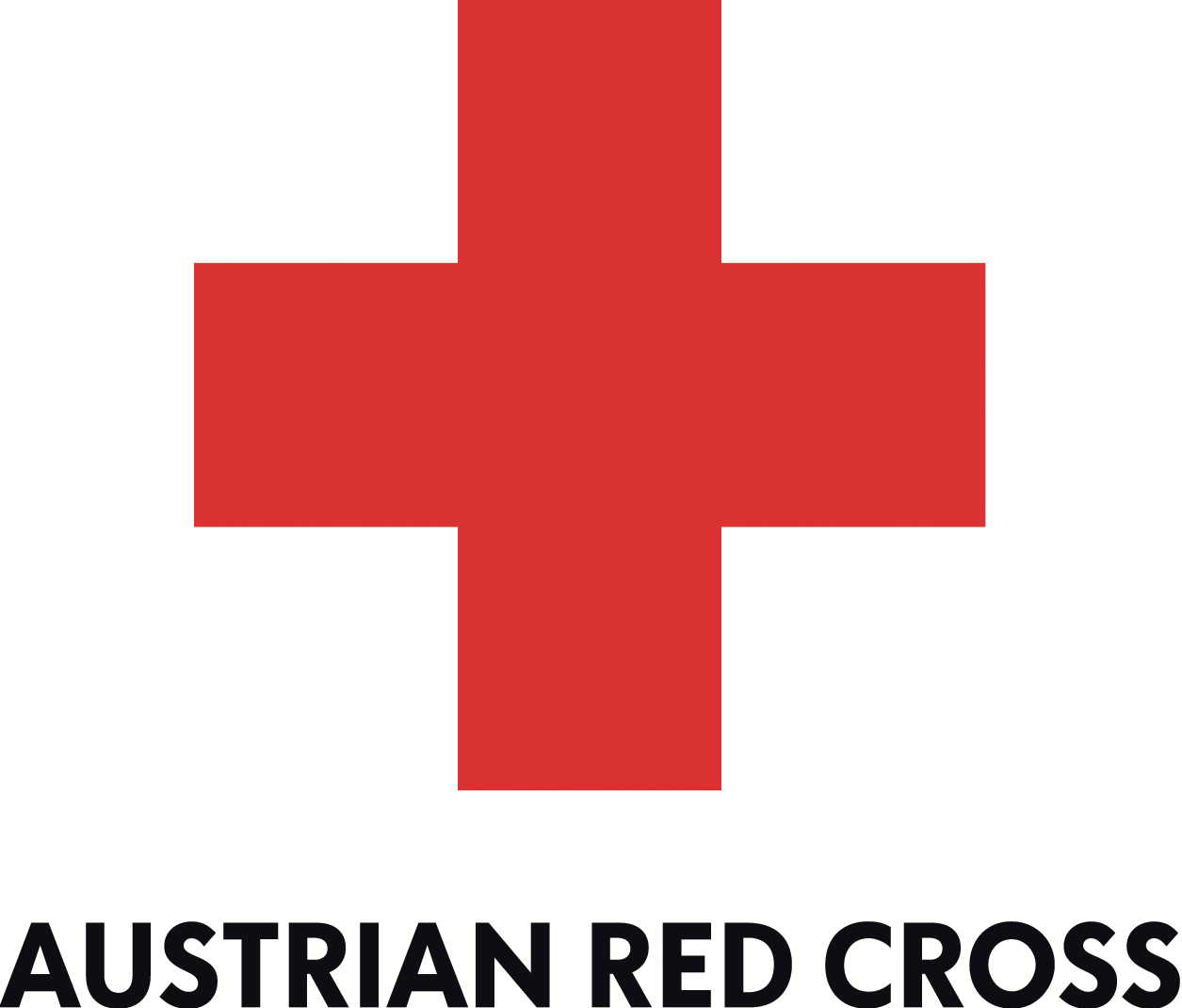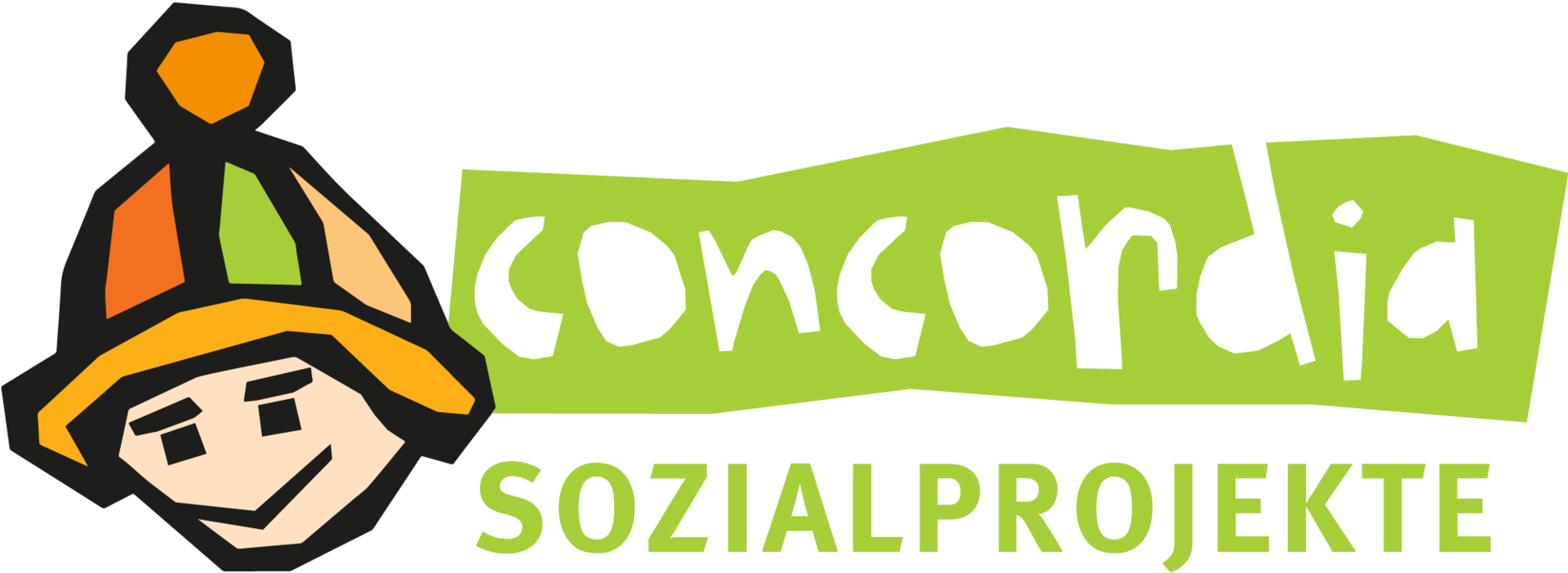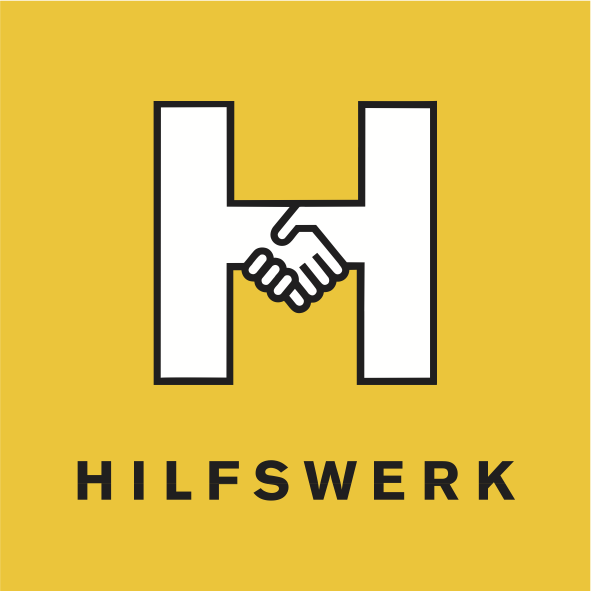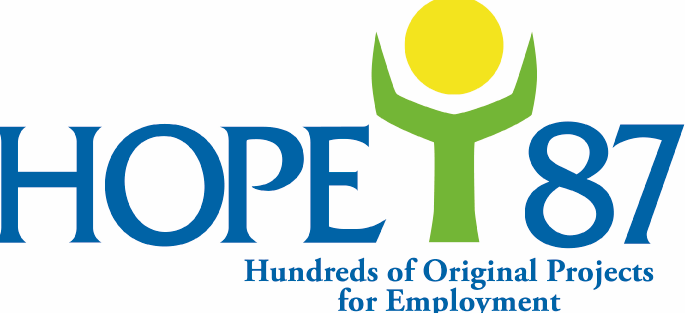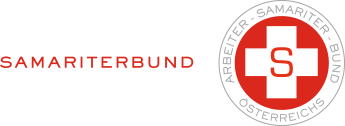The Network Age offers a range of opportunities to humanitarian organizations, but there are also several risks which are described in the paper “Humanitarianism in the Network Age”:
- Accuracy and Utility
If the basic data is wrong, the decisions based on the analysis of that data will reflect those errors and can lead to incorrect errors. - Bias
The digital divide poses a significant risk. Adopting techniques or models of interaction that rely on new technologies migth further exclude and disenfranchise substantial numbers of marginalized people. - Power
Information systemss, communications and data are expressions of power, and access to information is often a contested space. - Information overload
In a resourcelimited environment, the cost of analysis can easily be overwhelming. - Increased expectations
People start to expect humanitarian organizations to use social media channels appropriately. One example is a Red Cross research which found that three out of four Americans expect help within three hours of posting a request on social media, demonstrating a pattern of year-on-year increases in expectations. - Privacy, ethics and security
New Technologies can create new threats, such as a greater risk of surveillance or manipulation.
(source: Humanitarianism in the Network Age)

